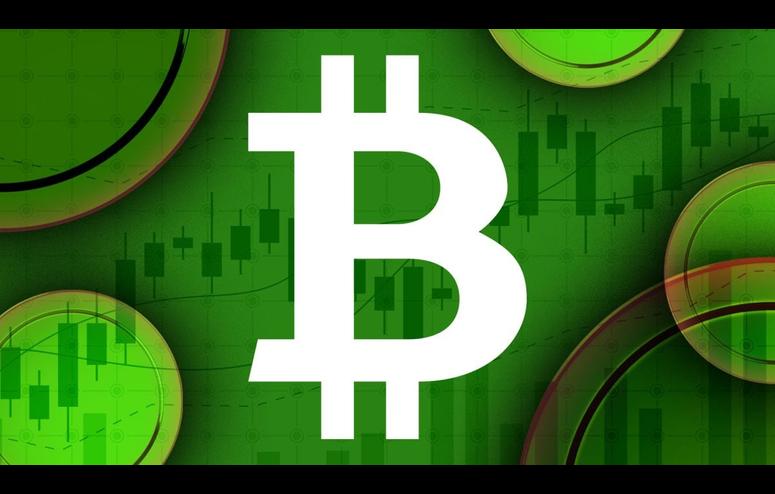Bitcoin price hovers below $30,000 amid miner sell off
TL;DR Bitcoin's price continues to hover just below $30,000 on Wednesday. The recent miner sell offs and the expiration of derivative contracts have kept the digital asset from breaking out. CryptoQuant data showed bitcoin miner reserves have dropped by around 5,000 coins since the beginning of June. Bitcoin's historic correlations tend to hold true during crypto bull cycles, but are less reliable during bear cycles.

Bitcoin's price continued to hover just below $30,000 on Wednesday as recent miner sell offs and the expiration of derivative contracts kept the digital asset from breaking out.
The price of the world's largest cryptocurrency was up 0.1% to $29,876 at 11:48 a.m. in New York, according to CoinGecko.
"Some miners are selling their bitcoin as the mining profit margin increased recently," Youwei Yang, chief economist at BTCM, told The Block. "Natural market corrections and the expiration of derivatives contracts around the $29K range towards the end of the month may have also contributed to the dip."
CryptoQuant data showed bitcoin miner reserves have dropped by around 5,000 coins since the beginning of June, indicating a transfer to exchanges. This corresponds with this week's Bitfinix market report that highlighted a surge in miners sending large volumes of BTC to exchanges.
“We believe this activity indicates potential de-risking or hedging strategies adopted by miners, and it is notable that bitcoin mining stocks have soared recently as institutional interest in bitcoin rises," the report noted.
Bitcoin's historic correlations
Yang added that bitcoin's historic correlations tend to hold true during crypto bull cycles, but are less reliable during bear cycles.
"The historical correlation between bitcoin and the U.S. Dollar Index is mixed, similar to its correlation with the SP500, Nasdaq Composite Index, and major financial indices. While some consider bitcoin a safe-haven asset during periods of opposite movement with the DXY, this is not always the case," he added.
Bitcoin historically presents an inverse correlation with the U.S. Dollar Index, but it has failed to appreciate in the wake of DXY's recent decline of around 2.3%.
The economist said many indicators point toward a bull market starting in mid-2024. He noted the bitcoin halving, expected to occur in April 2024, could coincide with the SEC's timeframe to make decisions on whether to approve multiple spot bitcoin ETFs.
Yang said that a potential Federal Reserve rate cut may occur as early as January or March, based on the CME FedWatch Tool's probabilities for rate changes.
"However, considering sticky inflation, my bet is that the Fed may not cut rates until May 2024," he said. "This is when a full-fledged bull cycle is expected to begin, prompting long-term players to hold and accumulate bitcoin from now to then."
